The Viper Mini Signature Edition is a superlative mouse: high-end technology in a magnesium housing weighs little and costs a lot. Razer developed the proof of concept at the request of the enthusiastic mouse community on Reddit – and after a long wait the time has come: the little mouse is available.
From fan service to exclusive feasibility study
Originally it was only supposed to be a cross between the small form factor of the cheap Viper Mini (test) equipped with mid-range technology and the wireless high-end mouse Viper Ultimate (test). Almost two years ago, Razer initially responded to this request: No, there was no market for such a product. The Viper Mini is primarily designed for the Asian region; there would be no demand for the significantly more expensive technology of the larger Viper mice.
But the mouse community persevered and ever lighter – and therefore often smaller – fingertip grip mice became more and more popular. Finally, it was said that Razer is now working on a wireless Viper Mini with a better sensor. Then Razer confirmed these rumors. And at some point it became clear: It's not just a hybrid of Viper Mini and Viper Ultimate; much more should the technology of the Viper V2 Pro (test), addressed to e-sports professionals, together with HyperPolling Wireless (test), i.e. a wireless USB query rate of up to 4,000 Hertz, become the figurehead of the small wireless mouse.
-
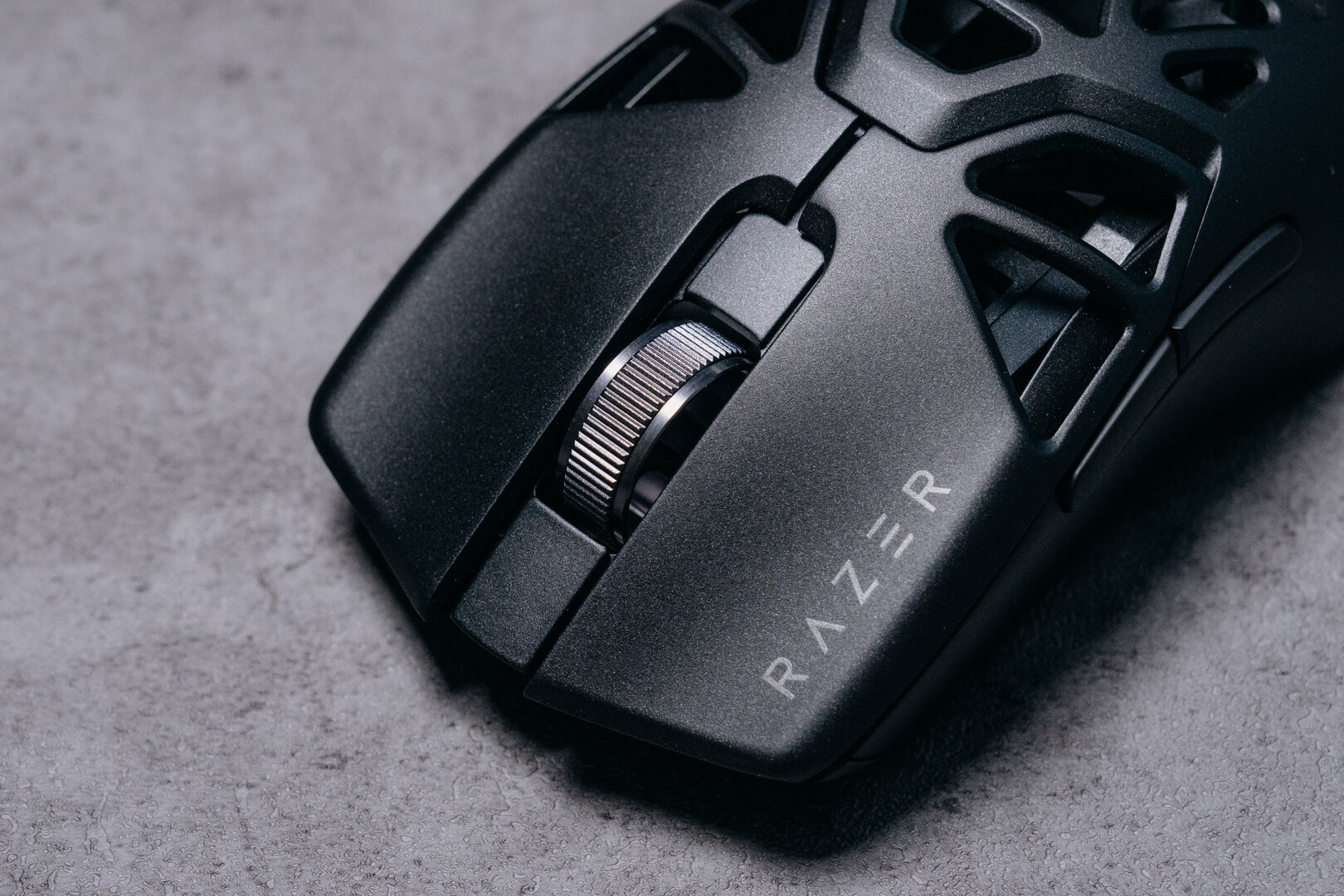 Razer Viper Mini Signature Edition (Image: Razer)
Razer Viper Mini Signature Edition (Image: Razer)
Image 1 of 6
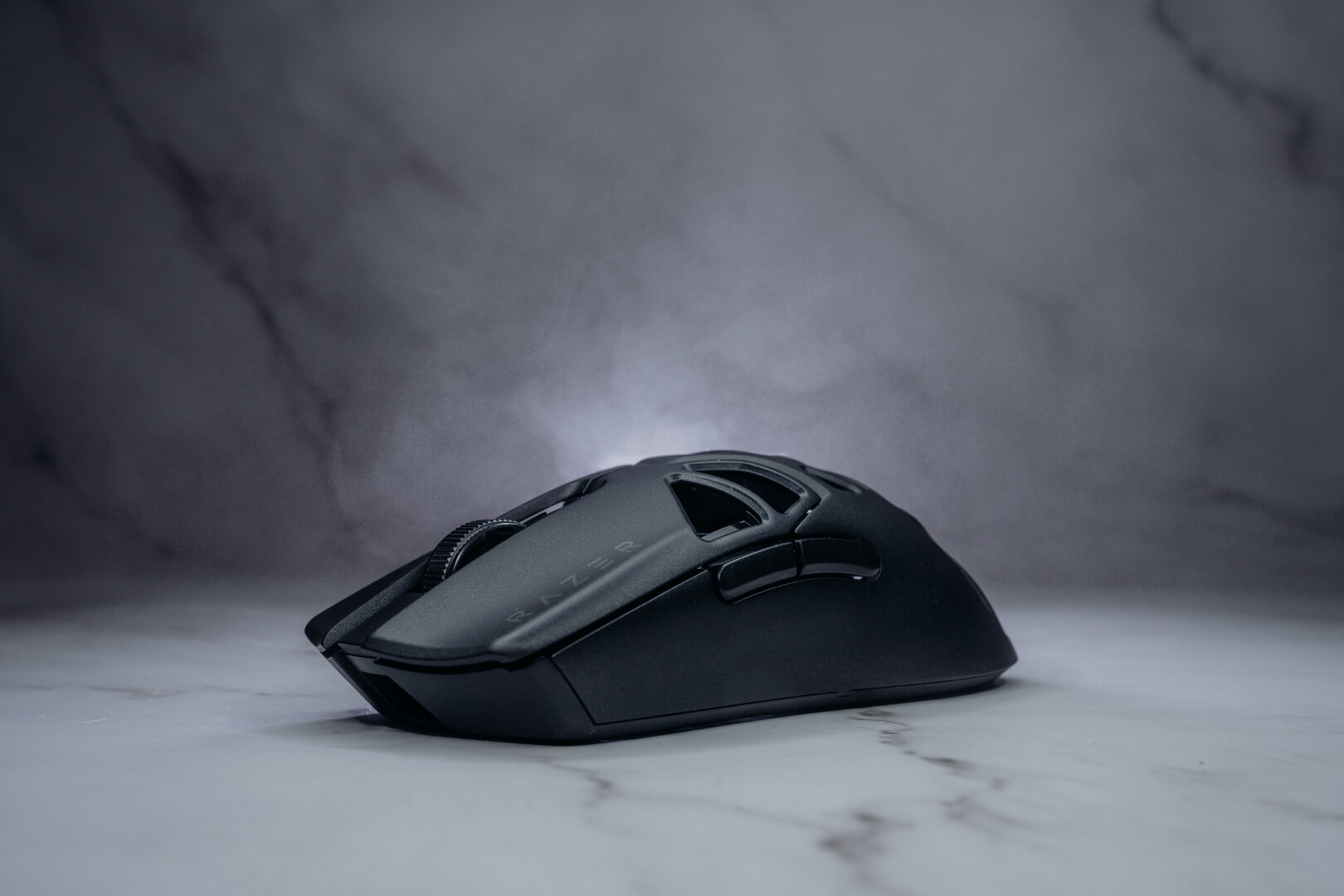


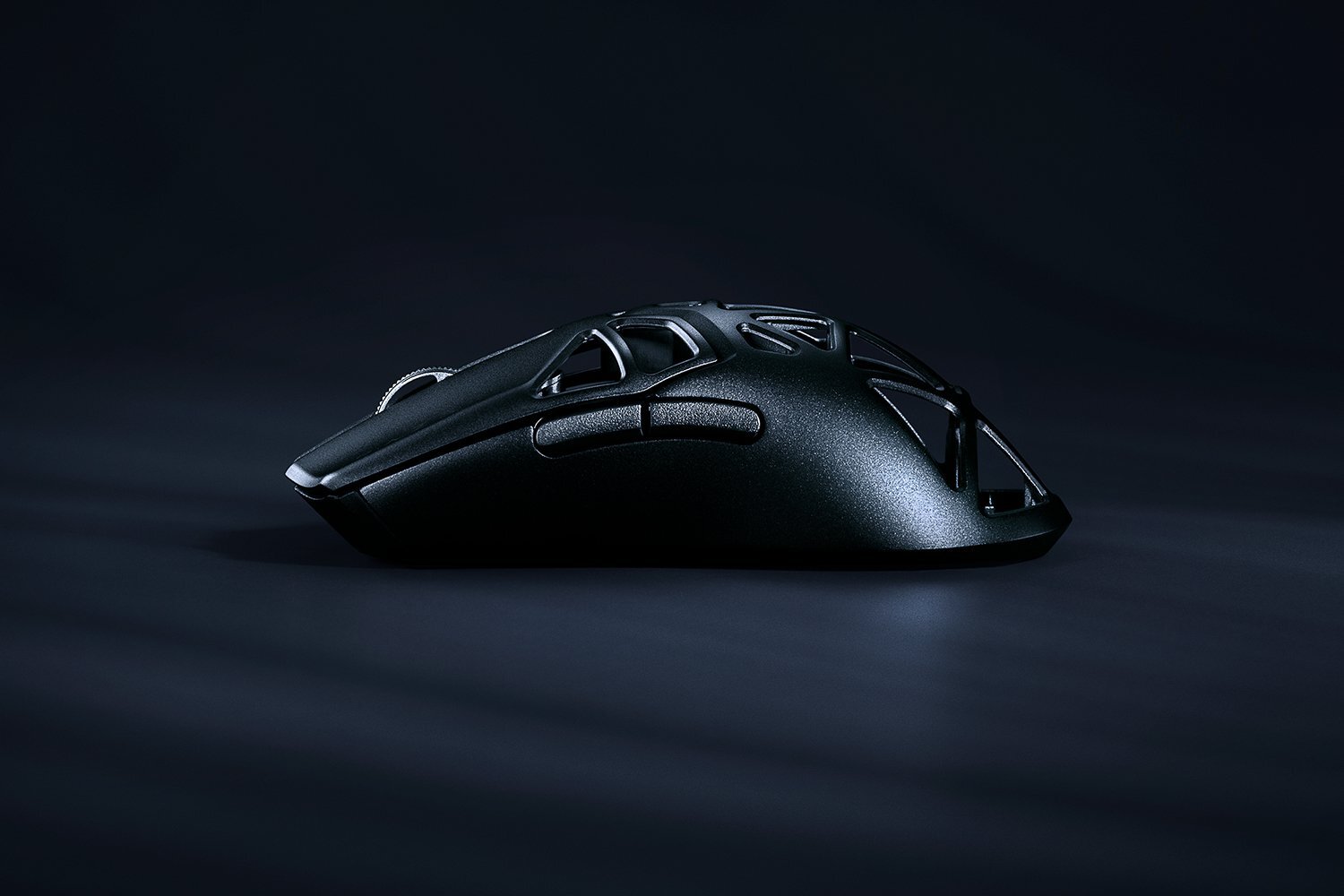
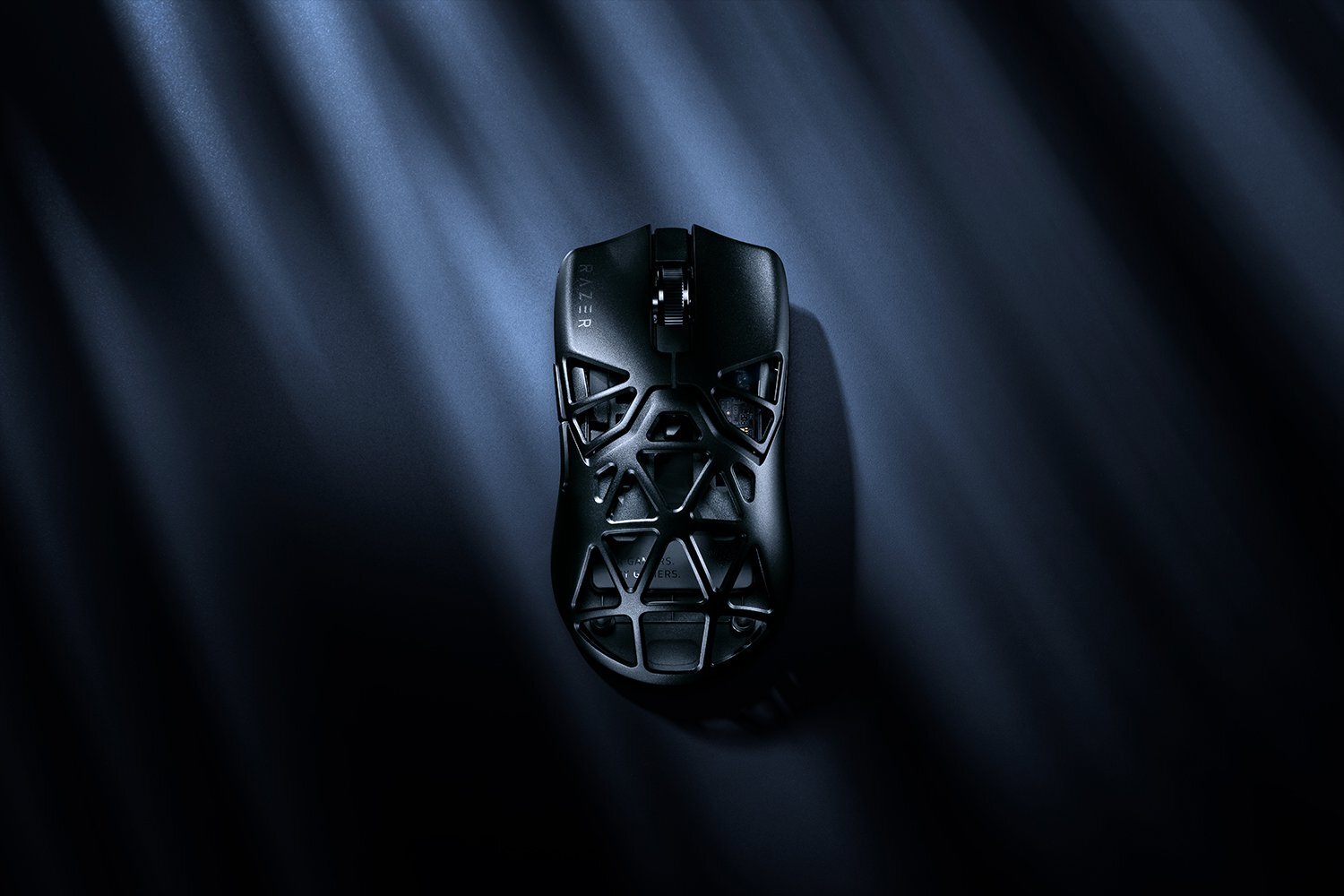
Razer Viper Mini Signature Edition (Image: Razer)
And the result, which Razer is finally presenting to the public after months of delay at the beginning of February 2023, is still surprising: very few people expected a futuristic-looking mouse exoskeleton made of magnesium. Razer manufactures the shell of the metal chassis using injection molding and CNC machines and polishes the magnesium into its final form, which is then finished with passivation and painting.
Razer's lightest mouse uses high-end technology
With a mass of 49 grams the Viper Mini Signature Edition is the lightest mouse that Razer has ever produced and also undercuts the larger Viper V2 Pro by 9 grams the editors explained in detail in a separate article.
- Simply explained: That's why gaming mice are weighing less and less
However, the Magnesium Viper is not the lightest full-fledged gaming mouse of all, this title still belongs to the Zaunkoenig M2K carbon mouse (test), which has since been sold out. And the comparison to the exotic niche product fits, the Viper Mini Signature Edition is the most expensive gaming mouse ever produced in series by a well-known manufacturer. With a recommended retail price of 320 euros, the feasibility study also surpasses the aforementioned M2K, which was last available for 250 euros. The new Viper is therefore also a mouse for the niche – and Razer uses this fact as an argument to only provide test samples for selected YouTube creators. The Viper Mini Signature Edition is the first Viper since the original Viper (test) in 2019, for which there will be no test on ComputerBase.
The editors received information about the mouse in advance on request. And these confirm – apart from the unexpected magnesium housing with large cutouts – the previously pierced rumors. It is hardly surprising that Razer relies on the PAW-3950 developed in cooperation with PixArt, which was previously used in the Viper V2 Pro, DeathAdder V3 Pro (test) and Basilisk V3 Pro and thanks to optimized Motion Sync currently offers the best sensors in the industry on paper .
Wireless mouse offers 4,000 Hertz ex works
In the case of the Viper Mini Signature Edition, a HyperPolling wireless dongle is provided with the mouse by default, so that the wireless USB polling rate can be increased to 4,000 hertz. Razer also promises that the actual latency of the mouse will be lower than that of all 1,000 Hertz wired mice from the competition. According to tests and measurements by the editors, this statement is quite plausible.
- Razer HyperPolling dongle in the test: Impressive wireless 4,000 Hz sensors and eats up the battery
In the two linked chapters of the Viper 8KHz test, readers will find answers to the questions of how such high USB query rates work in theory with gaming mice and whether all of this makes sense at all. With all the advantages that go with it – the most significant is actually the higher temporal resolution of the data transmission between mouse and PC and not the latency reduced by a few microseconds – there is also a serious disadvantage: the higher polling rates require significantly more Energy. When jumping from 1,000 to 4,000 hertz, factor 4 also applies here: the battery life suffers considerably and in the case of the Viper V2 Pro fell from 80 to just 24 hours of continuous movement.
- < figure class="gallery__figure">
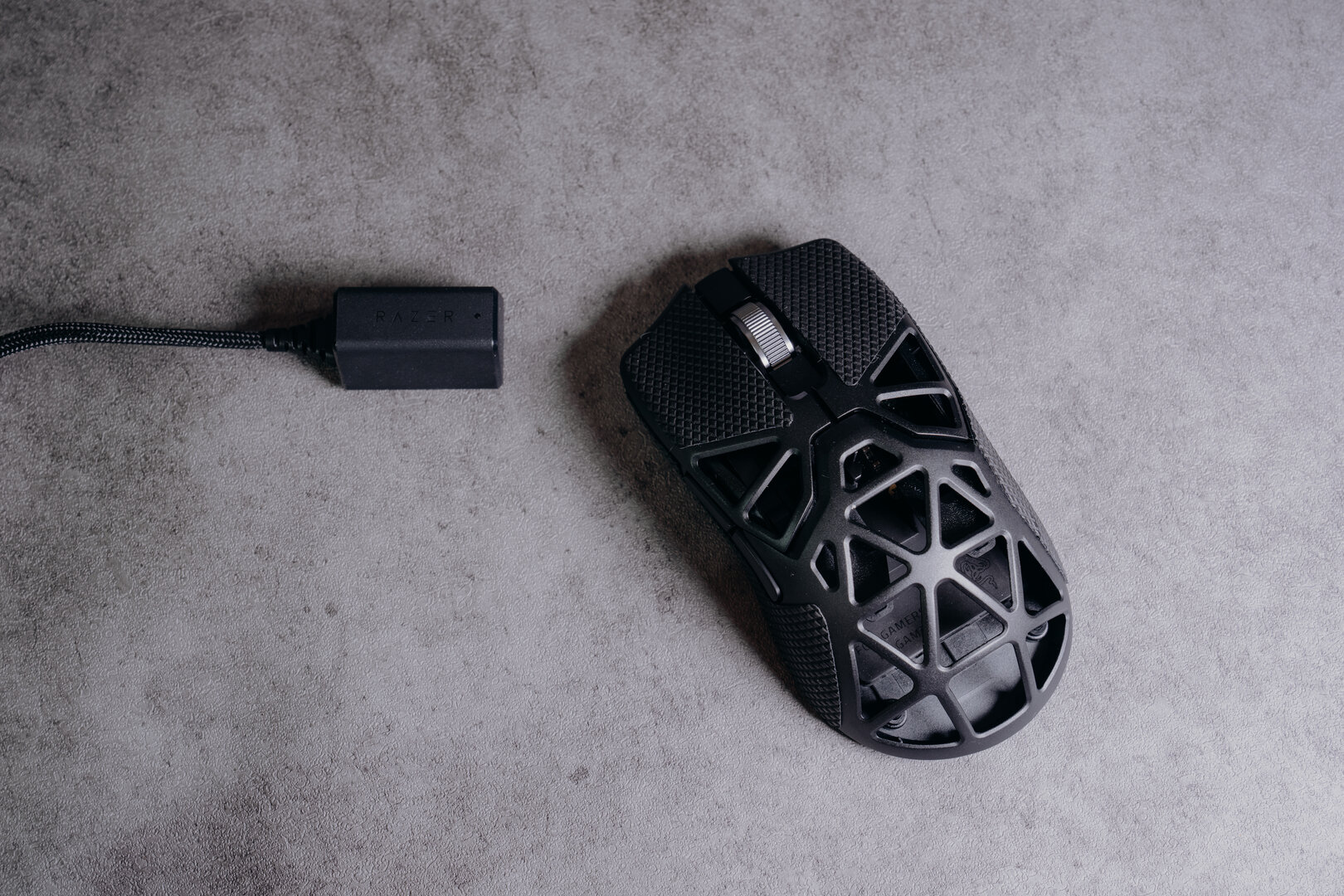 Razer Viper Mini Signature Edition (Image: Razer)
Razer Viper Mini Signature Edition (Image: Razer)
Image 1 of 5

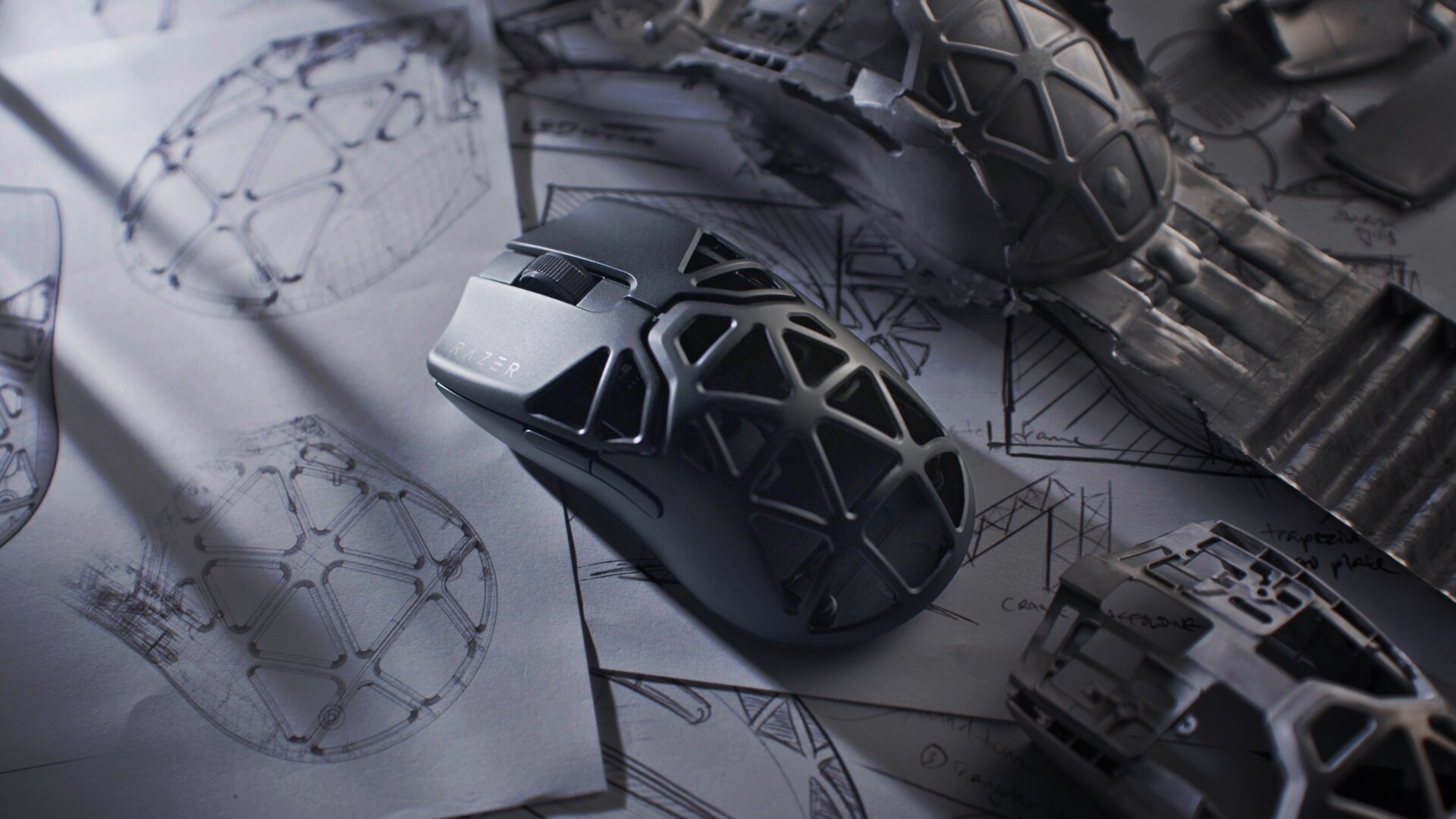
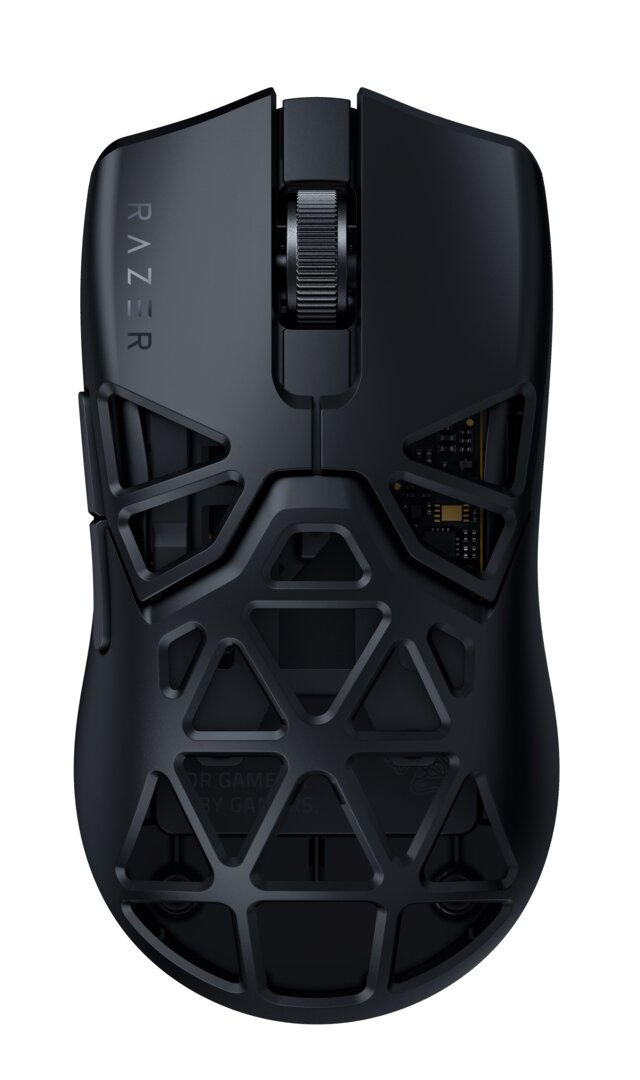

Razer Viper Mini Signature Edition (Image: Razer)
With the Viper Mini Signature Edition, Razer speaks of a runtime of 60 hours for the usual 1,000 Hertz, so the value at 4,000 Hertz should fall below 20 hours. The manufacturer does not provide any information here, but refers to the charging time: The lithium-ion battery of the magnesium mouse can be charged particularly quickly; 100 percent charge is reached in less than 60 minutes. Charging takes place via the flexibly wrapped USB-C to USB-A cable, which in wireless operation is connected to the HyperPolling Wireless Dongle, which is ideally located directly behind the mouse pad and is therefore already ready to hand on the table.
< h2 class="text-width text-h2" id="section_with_many_accessories_exclusively_available_from_razer_available">With many accessories available exclusively from Razer
For the buttons, Razer uses its own third-generation opto-mechanical switches for left and right click. And the choice of mouse feet is also not surprising: Once again, sliding elements made of pure PTFE are used. However, the Viper Mini Signature Edition comes with a second set of mouse feet made of Corning Gorilla Glass 3. Such glass mouse feet have been enjoying increasing popularity in the mouse community for years. If you are just wondering at this point why there are mouse enthusiasts, we would advise against the glass mouse feet – the constructive handling of such a light mouse with glass sliding elements is quite difficult.
The scope of delivery of the Viper Mini Signature Edition meanwhile offers other bonuses. Razer includes two sets of grip tapes, as well as a microfiber cloth and two cleaning cloths soaked in alcohol. And what's more, the manufacturer gives a three-year guarantee for this special mouse. The little Viper and its accessories are delivered in a black box with a leather look – the product is undoubtedly intended to look particularly exclusive. And since the suggested retail price of 320 euros will probably not be undercut because the Viper Mini Signature Edition will only be available through Razer's own web shop, it is indeed an exclusive mouse. Sales start is February 11, 2023.
Update 02/02/2023 6:13 p.m.
On Reddit, Razer employees are currently answering questions about the Viper in an Ask-me-Anything thread Mini Signature Edition.
Razer Viper Mini Razer Viper V2 Pro Razer Viper Mini Signature Edition Zaunkoenig M2K Ergonomics: Symmetrical (Right-handed) Symmetrical (Ambidextrous) Sensor: PixArt PMW-3359
Optical PixArt PAW-3950
Optical
Lift-Off-Distance : 1.0-3.0mm PixArt PMW-3360
Optical
Lift-Off-Distance: 1.0-3.0mm Resolution: 100-8,500 CPI
5 levels 50-30,000 CPI< br>5 levels 100-12,000 CPI Speed: 7.6 m/s 19.0 m/s 6.3 m/s Acceleration: 343 m/s² 686 m/s² 490 m/s² USB polling rate: 1,000 Hz 4,000 Hz 8,000 Hz Primary button: Razer Optical, 50 million Clicks Razer Optical, 90 million Clicks Omron D2F-01F Number of buttons: 6
Top: 4
Left side: 2 6
Top: 3 Bottom: 1
Left side: 2 5
Top: 3
Left side: 2 3
Top: 3 special keys: mouse wheel
cpi switch mouse wheel Software: 5 profiles
fully programmable, secondary assignment
Macro recording
Internal memory: 1 profile 5 profiles
fully programmable, secondary assignment< br>Macro Capture Internal Storage: 1 Profile Lighting: Color: RGB, 2 Addressable Zones
Modes: Breathing, Waves, Color Loop
Reactive, Game Integration – Case: 118 × 61 × 38 mm
Hard Plastic, Plating
Gloss elements
Sliding feet: PTFE (pure) 127 × 67 × 39 mm
Hard plastic, coating
Gloss elements
Sliding feet: PTFE (pure) 119 × 62 × 39 mm
Metal
Sliding feet : PTFE (pure) 79 × 60 × 29 mm
Hard plastic, carbon fibers
Sliding feet: PTFE (pure) Weight: 61 grams (without cable) 58 grams (without cable) 49 grams (without cable) 24 Grams (w/o cable) Connection: USB-A cable, 2.10 m, braided USB-A to USB-C cable, 1.80 m, braided
Radio: 2.4 GHz
proprietary battery , 80 hr runtime
Charging: Cable USB-A to USB-C cable, 1.80 m, coiled
Radio: 2.4 GHz
proprietary battery, 60 hr runtime
Charge : Cable USB-A cable, 1.65 m Price: from €30 from €139/from €134 €320 €299
ComputerBase has received information about this item from Razer under an NDA ten. The only requirement was the earliest possible publication date.